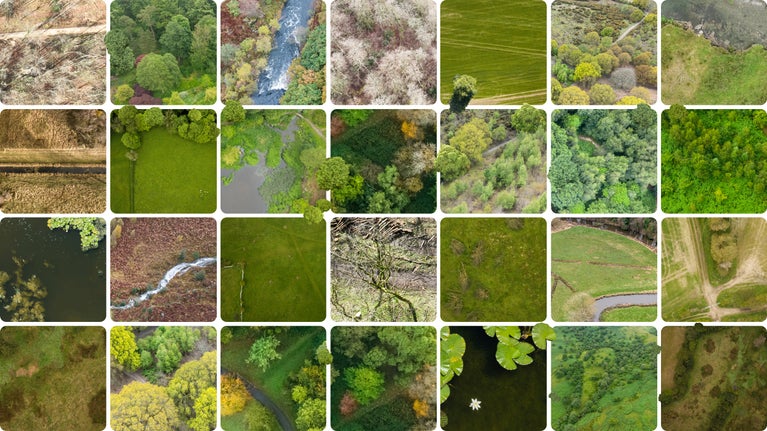About Wallington
Wallington is a culturally rich landscape, shaped by its legacy as an agricultural estate. In many ways the setting of the Wallington Estate, with its amazing views, walks, castle, woodlands and lakes, was Sir Charles Philips Trevelyan’s greatest gift when he left the entire estate to the National Trust in 1941. He was a passionate advocate of the great outdoors and the right to roam. The plan has always been to share this passion, along with our knowledge for looking after nature, with visitors and supporters as well as connecting the house and its extraordinary collection with the wider estate.
Many iconic species such as red squirrel, bats, raptors, white clawed crayfish and now beavers call Wallington home, and conservation projects are underway to support and protect these species.
The estate is a jigsaw piece within the wider Northumberland landscape and we are working with others including Groundwork NE, Vincent Wildlife Trust, Northumberland Wildlife Trust, neighbouring estates, Forestry England and our farmers to make an impact at scale. Our ambitious plans include:
-
Restoring a range of habityats from hedgerows and flower rich meadows, through to wetlands, peatlands and woods.
-
Bringing rivers back to life, helping to slow the flows of water, and alleviate flooding by adopting natural processes like tree planting and beavers!
-
Encourage the return of key species such as pine marten and encourage the spread of others such as wetland birds, bats, red squirrel, and the large heath butterfly. All achieved by restoring habitat connectivity and tackling the rise of non-native species.
-
Planting 1 million trees across Wallington by 2030 in 400 hectares of new woodlands and 50km of new hedgerows.
-
Developing community partnerships
-
Developing our new Wilder Wallington Project volunteer team to help us monitor and survey the Estate for birds, bats, plants, butterflies and more







